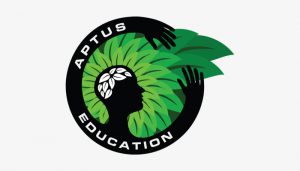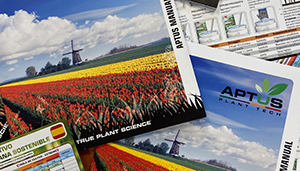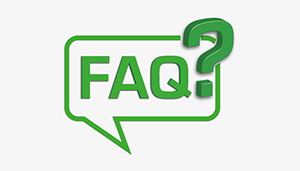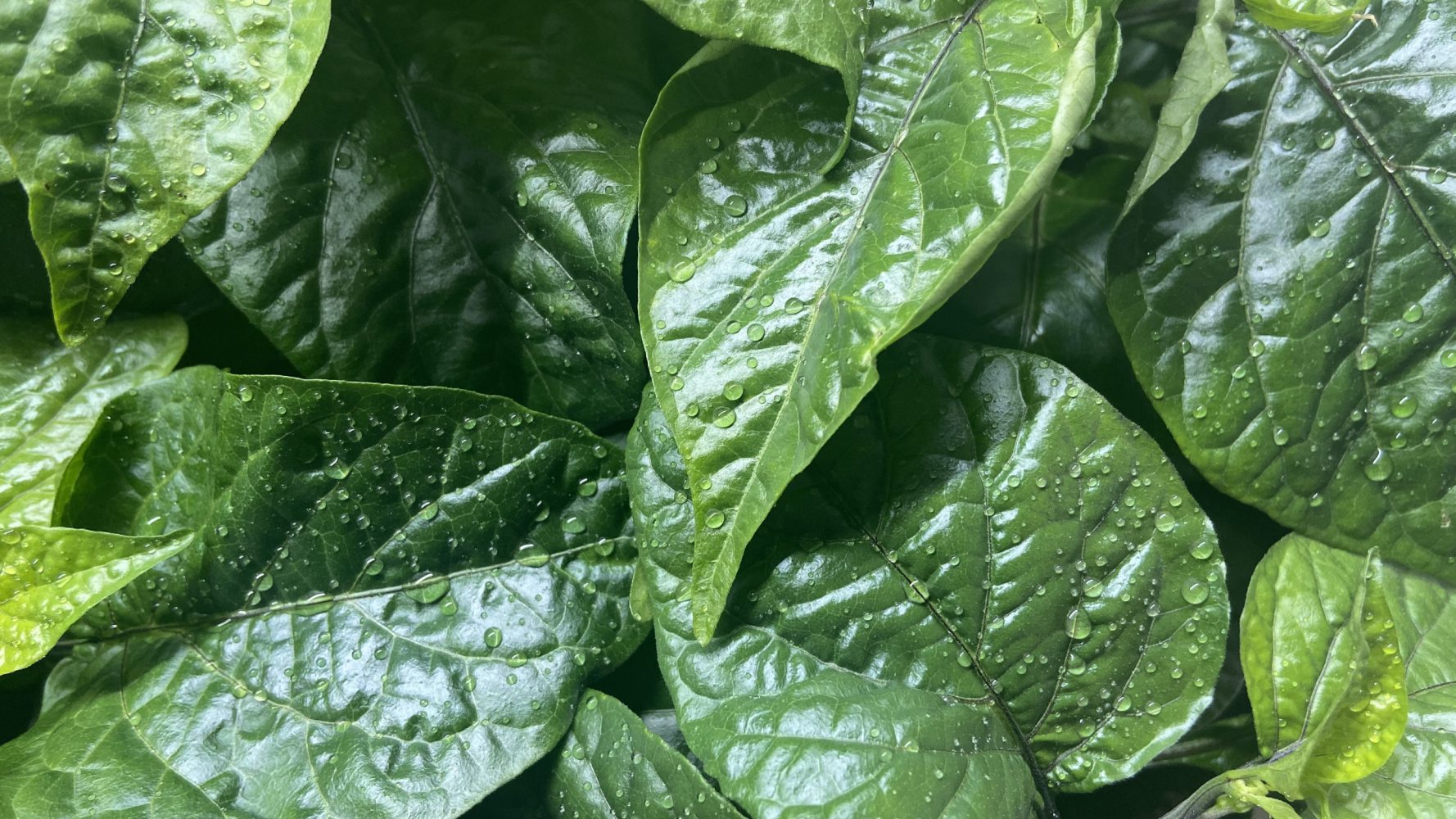Diagnosing Problems
Knowing how to identify and fix problems in plants is an essential skill for farmers and gardeners alike. But, at the end of the day it’s always better to prevent problems from arising by understanding the underlying cause. When you provide the right nutrients to your plant from the beginning, in the right sequence and at the right amounts, your plant can keep growing and problems are avoided.
We’ve all been there, you go in your garden and you notice your plants are showing some signs of problems on their leaves. While trying to fight panic, you go on the internet, or maybe even open a book, to reference the leaf discoloration or other symptom you may see. Often it’s not 100% clear what the exact problem is, so you pick the most common and logical problem. Next, you rush to the garden store and purchase a supposed ‘remedy’ to try to fix your plants.
This usually isn’t very successful, as growers tend to ask the wrong question.
Typical question: „Why is my plant having this symptom and how do I fix it?„
Better question: „Why is my plant having this symptom and how do I prevent it?„
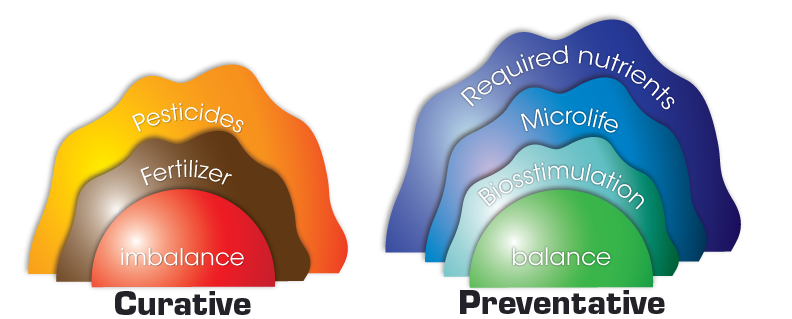
NITROGEN DEFICIENCY
Nitrogen deficiency is often misdiagnosed. It usually appears as an even yellowing of leaves, indicating slowed photosynthesis. In an attempt to fix the problem we are often quick to supplement with more nitrogen. This may fix the problem in some cases, but it doesn’t always fix the issue at hand.
Nitrogen moves from the roots to the lower leaves. After that, the enzyme nitrogenase helps to move nitrogen from the lower (older) leaves up to the new growth. Nitrogenase is stimulated by the presence of molybdenum (Mo). If molybdenum is deficient, this process is slowed down and deficiencies may appear in the upper leaves of your plant.
So, if upper leaves are yellowing and lower mature leaves are still as green as they should be (with proper nitrogen levels), it’s more likely to be a problem with molybdenum. If that’s the case, adding additional nitrogen may only cause unwanted problems in the growing medium.

CALCIUM DEFICIENCY
Another common ‘deficiency’ you may have encountered in your garden is calcium. Calcium is immobile and difficult for plants to take up and transport. When the first signs of a calcium deficiency pop up, we’re quick to supplement with a calcium-magnesium product. However, most of the time the problem isn’t a lack of calcium in the medium, but the bioavailability!
The root cause is the broken biochemical sequence. (Don’t know what the Biochemical sequence is? Click here to learn more!) Perhaps boron or silicic acid is unavailable or locked out. By understanding this sequence you can provide your plants with the right solution that truly solves the problem and not just acts as a temporary fix. (Click here to learn more about the biochemical sequence of plant nutrition)
Combining the skill of diagnosing problems with the understanding of the biochemical sequencing is the most effective way to accurately solve problems!
These two examples clearly illustrate that most of the time diagnosing plant problems isn’t as easy as simply observing leaf discoloration or growth patterns. Really, these symptoms are just clues, not answers. To assure proper diagnosis, treatment, and later prevention, growers need to look deeper. The biochemical sequence of plant nutrition is an indispensable tool to help with that!


